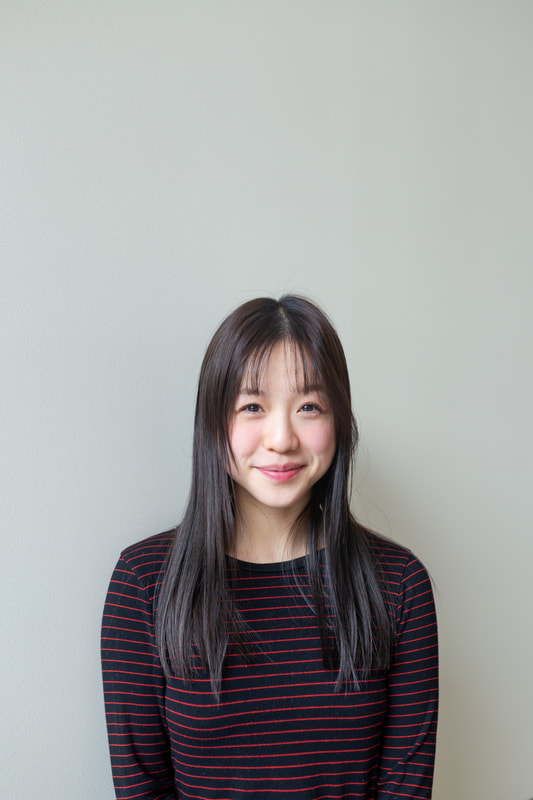Chantelle Ing:
|
|
In this video, Chantelle Ing reads from her Honours Thesis in English at Western University. The project is titled Traumatized Bodies: The Visibility and Reaction of Minoritized Bodies in Lydia Kwa’s Pulse.
|
Traumatized Bodies: The Visibility and Reaction of Minoritized Bodies in Lydia Kwa’s Pulse
|
|
Chantelle Ing is a fourth-year undergraduate student, doing a dual degree in English Language & Literature, and Arts & Humanities via the School for Advanced Studies in the Arts and Humanities (SASAH). She is also taking a Minor in Chinese Studies. She is passionate about visibility and representation for POC and queer artists and writers, particularly Southeast Asian diaspora and immigration. Therefore, she has written her Undergraduate Honours Thesis on Pulse by Singaporean-Canadian psychologist and author Lydia Kwa, in order to examine the intersections of diaspora between Singapore and Canada, queerness, and trauma.
|

